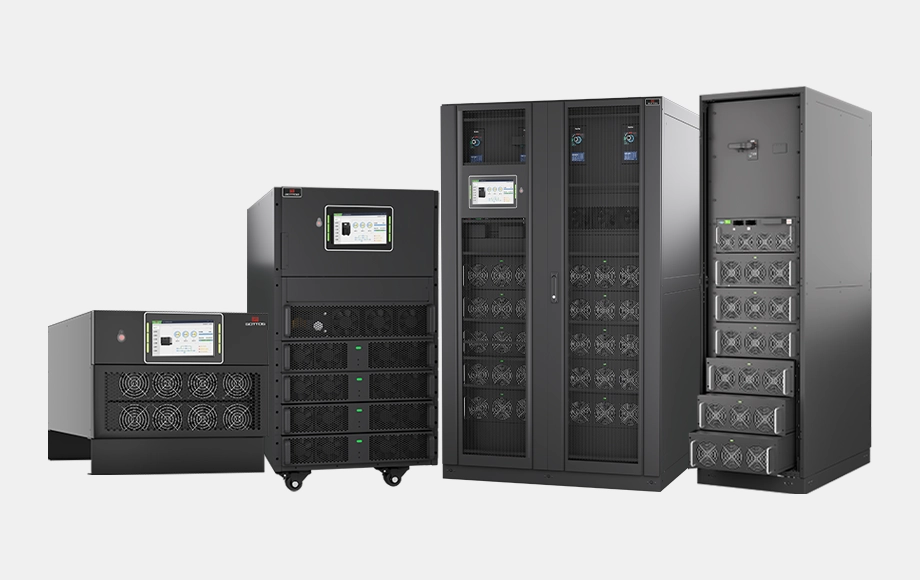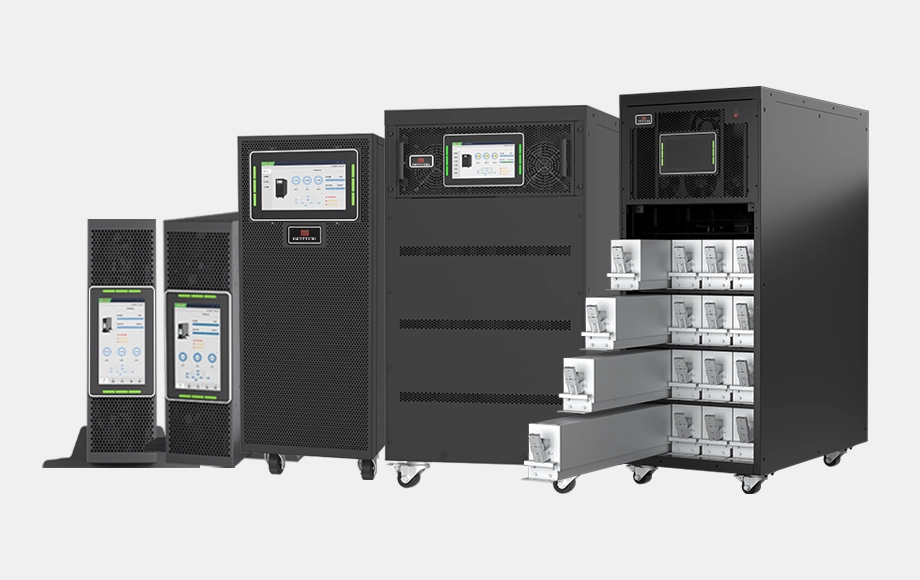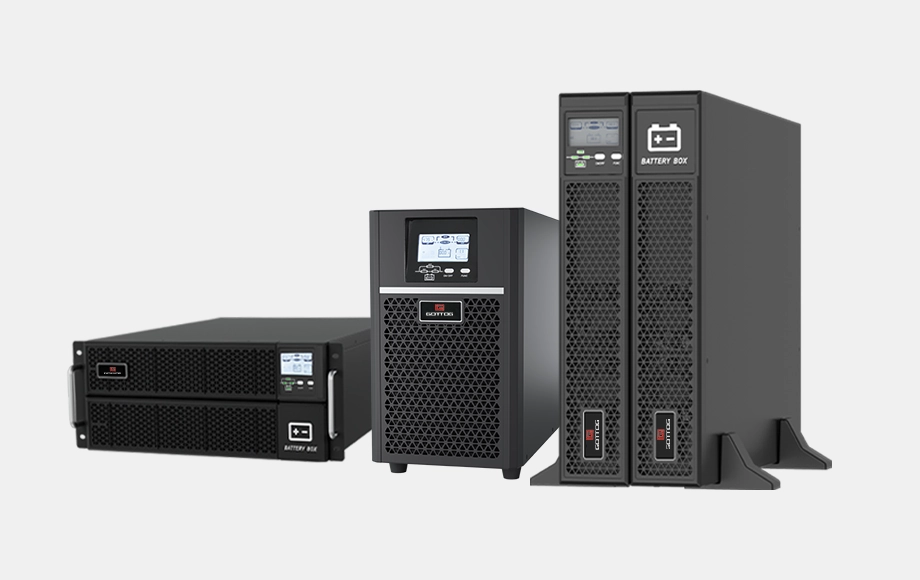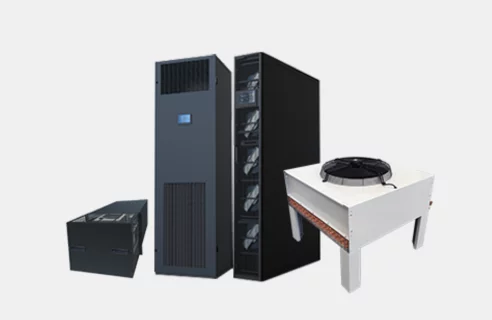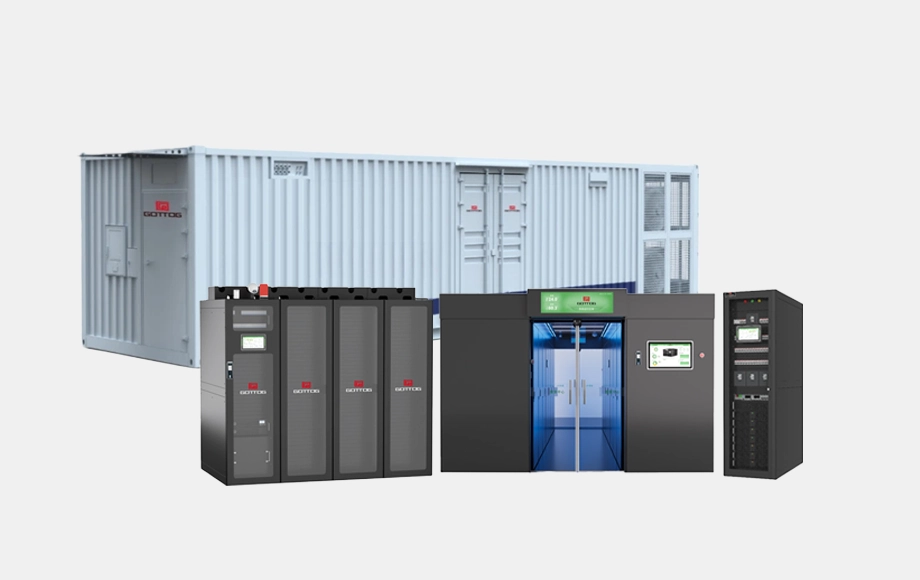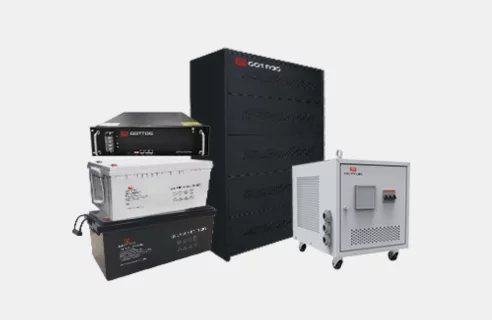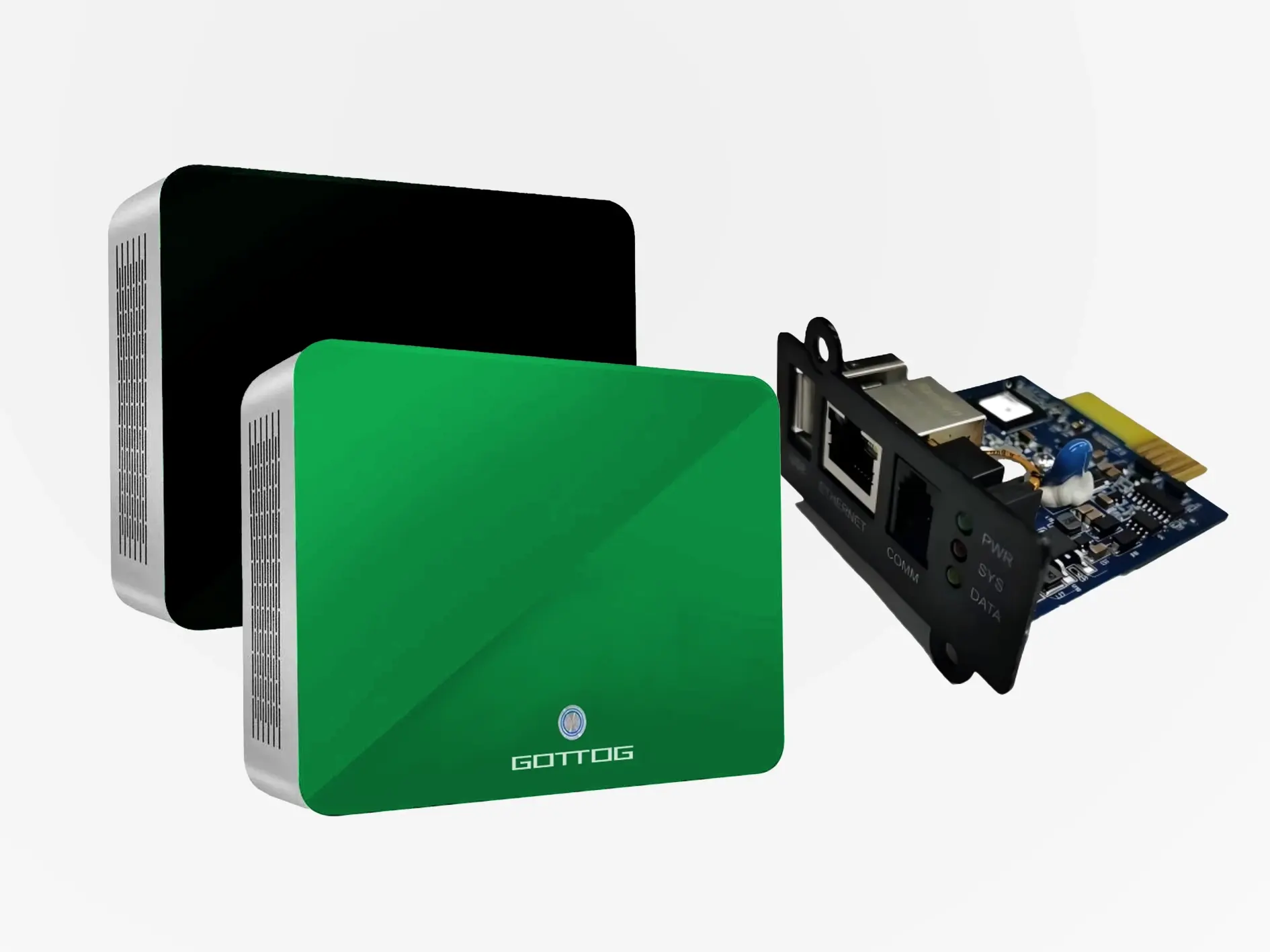As artificial intelligence (AI) accelerates its footprint across industries, data centers face unprecedented computational and thermal challenges. Traditional air-cooling systems are increasingly unable to meet the demands of high-density AI clusters, especially those using GPUs and specialized accelerators. In this context, liquid cooling emerges as a transformative solution that enables performance, efficiency, and scalability.
In this blog post, we’ll explore how liquid-cooled data centers are reshaping the infrastructure landscape to support AI workloads—and why now is the time to make the shift. We’ve also created a video walkthrough to help you visualize these innovations in action.
The Demands of AI on Data Center Infrastructure
AI workloads, particularly training large models like LLMs and computer vision systems, require immense processing power. This leads to:
- Extremely high heat density—racks often exceeding 30kW, sometimes even 60kW
- Continuous, full-load operation for extended periods
- Sensitivity to thermal throttling, which can degrade performance or damage hardware
In such scenarios, conventional air cooling struggles to maintain optimal temperatures, resulting in increased energy use and maintenance costs.
Why Liquid Cooling Is Ideal for AI Environments
· Superior Heat Removal
Liquid has a thermal conductivity nearly 3,000 times greater than air. Direct-to-chip or immersion cooling allows fast, efficient heat extraction directly from high-performance components. This ensures peak performance of GPUs and AI accelerators, even under full loads.
· Higher Rack Density
Liquid cooling supports much denser configurations. Data centers can consolidate more computing power into smaller footprints—essential for AI clusters that demand scale.
· Energy Efficiency
By eliminating or reducing the need for CRAC units and fans, liquid cooling systems consume significantly less energy. This improves Power Usage Effectiveness (PUE) and helps companies meet carbon reduction goals.
· Long-Term Cost Savings
While the initial investment in liquid cooling may be higher, the operational savings over time—through reduced energy bills and equipment wear—often lead to a lower total cost of ownership (TCO).
· Sustainability
Liquid-cooled systems often use closed-loop systems that minimize water consumption and avoid environmental contamination. Many designs use dielectric fluids that are both safe and recyclable.
See It In Action: Liquid Cooling in AI-Centric Data Centers
We’ve created a short video showcasing a modular liquid-cooled data center architecture optimized for AI. The video highlights:
- How the cooling circuit works
- Real-time monitoring and IoT integration
- Space-saving designs with scalable modules
This real-world deployment reflects the direction forward for enterprises adopting AI infrastructure at scale.
Gottogpower: Engineering for the AI Age
At Gottogpower, we are at the forefront of next-generation power and cooling solutions. Whether you are building an edge AI deployment or a large-scale training facility, our team of engineers can help you design the right infrastructure from the ground up.
Let us help you configure the ideal liquid-cooled system to meet your AI ambitions—efficiently, sustainably, and at scale.
Contact us today to speak with our technical team.
Email: info@gottogpower.com
WhatsApp: +86 18326071160

